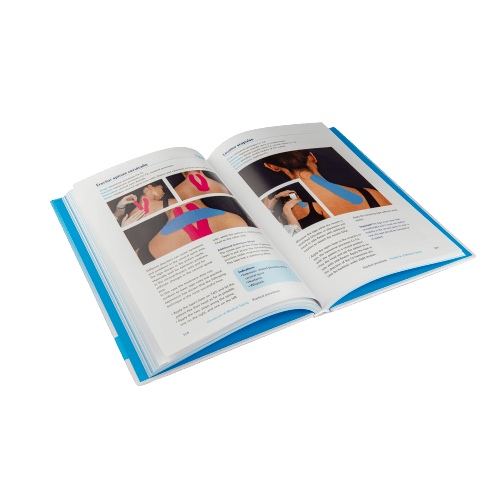What is lymphoedema?
Lymphoedema is a chronic condition characterised by an abnormal accumulation of protein-rich fluid in the tissues. This accumulation occurs when the lymphatic system is unable to adequately drain lymph, the clear fluid that circulates throughout the body’s tissues. The lymphatic system, consisting of lymph vessels and nodes, plays a vital role in maintaining fluid balance, removing waste products, and supporting the body’s immune system.
When the lymphatic system becomes compromised, lymphoedema can develop, resulting in swelling (edema) in the affected areas. This swelling can lead to discomfort, heaviness, and a feeling of tightness in the tissues. Over time, untreated lymphoedema may lead to complications such as infections, skin changes, and decreased mobility.
Common causes of lymphoedema include surgery or radiation therapy affecting the lymph nodes, which may disrupt the normal flow of lymphatic fluid. Other causes may include congenital conditions affecting the lymphatic system or infections that damage lymph vessels and nodes.
What is Lymphatic Taping?
Lymph Taping is a part of the Medical Taping Concept and ideal for supporting lymphatic drainage. The special CureTape® kinesiology tape has the same elasticity as the skin and can be applied with a special technique, so that lymph fluid can be drained faster.
Get started with these items to tape lymphoedema
-
CureTape® Classic Kinesiology Tape
Bestseller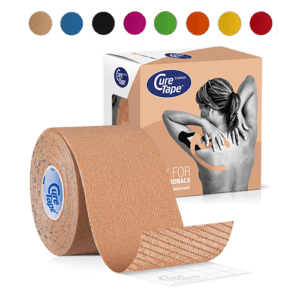 $19.95
In stockSelect options This product has multiple variants. The options may be chosen on the product page
$19.95
In stockSelect options This product has multiple variants. The options may be chosen on the product page -
CureTape® Punch Kinesiology Tape
 $21.95
In stockSelect options This product has multiple variants. The options may be chosen on the product page
$21.95
In stockSelect options This product has multiple variants. The options may be chosen on the product page -
CureTape® Gentle – Kinesiology Tape for sensitive skin
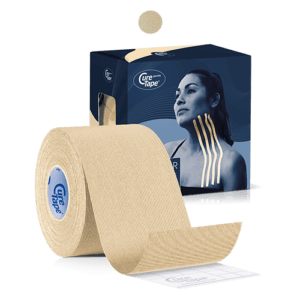 $23.95
In stockAdd to cart
$23.95
In stockAdd to cart -
CureTape® Classic 1cm Kinesiology Tape
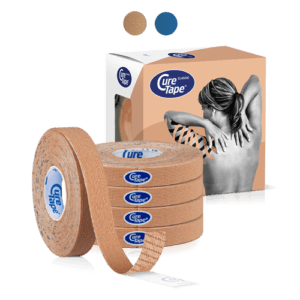 $34.95
In stockSelect options This product has multiple variants. The options may be chosen on the product page
$34.95
In stockSelect options This product has multiple variants. The options may be chosen on the product page

Christina’s advice when taping lymphoedema
When taping for lymphoedema, it’s crucial to choose a tape that provides adhesion and support. That’s why I recommend CureTape kinesiology tape. For regular use, CureTape Classic or Art is ideal. However, CureTape Punch is great for lymphatic taping, as it has perforated holes that offer a higher breathability. Also CureTape Gentle for sensitive skin can be used on sensitive areas.
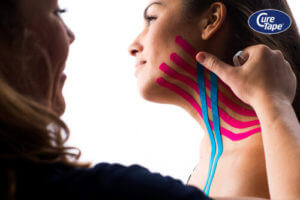
Lymphatic Taping in combination with manual treatment
The effect of Lymphatic Taping alone mainly takes place in the more superficial layers of the skin. Alongside Manual therapy a deeper application can be applied. In this sense, manual lymphatic drainage techniques can be applied, followed by lymphatic taping techniques to further enhance the treatment.
Lymphatic taping after an accident or surgery
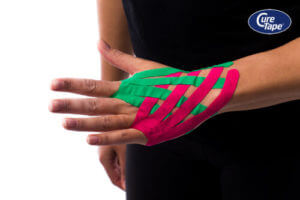
After an accident or surgery, swelling in the tissue occurs due to an increase in fluid between the cells. This increases the tissue pressure and causes pain. By counteracting local swelling in the event of tissue irritation as quickly as possible, blood circulation can be restored and the tissue can recover quicker. For almost all forms of tissue damage or injury, the use of Lymphatic Taping is therefore recommended.
CureTape® helps to prevent swelling, so lymphatic taping with a healthy lymphatic system is therefore generally applicable and does not have to be done exclusively by edema therapists.
Lymphatic taping’s effect on scars, hematomas and fibrosis
The treatment of scars, hematomas, and fibrosis is an essential part of Lymphatic Taping and the Kinesiology Taping Concept. CureTape® strips are used to facilitate the recovery of blood vessels and lymphatic vessels, thereby promoting improved healing of scars.
Scars
CureTape® strips are applied to scars to help improve circulation and lymphatic drainage. This aids in reducing swelling and promoting the regeneration of the skin, resulting in better scar recovery.
Hematomas
Hematomas, which are collections of blood outside of blood vessels, can also benefit from Lymphatic Taping. The application of CureTape® helps to accelerate the absorption of blood and reduce the size of hematomas more quickly.
Fibrosis
Fibrosis refers to the formation of scar-like tissue in the body, which can become hardened and affect movement. Lymphatic Taping with CureTape® can help to soften fibrotic tissue, making it more pliable and less restrictive.
This method is particularly effective for managing conditions where tissue damage and inflammation are present, such as post-surgical scars, traumatic injuries, or chronic conditions that lead to fibrosis. By improving circulation and lymphatic drainage, CureTape® supports the body’s natural healing processes, enhancing comfort and mobility.
Benefits of lymphatic taping
- Safe, effective treatment and pain-free in problem areas
- Has a draining effect 24 hours a day
- Combinations of several drainage routes possible
- Skin-friendly and comfortable
- The possibility of movement is not limited
- No restrictions when showering and swimming
CureTape® in short:
- Cotton with hypoallergenic acrylic adhesive.
- Elastic, breathable, and water-resistant.
- Latex-free (with TÜV certification).
- Without added substances.
- Complies with the latest European medical MDR legislation.
Multiple scientific studies describe the positive effect of lymphatic tapes.
Ref.: Bosman J., Piller, N., “Lymphtaping and seroma formation post breast cancer”, Journal of Lymphoedema 2010, 5 (2): 12-21
Click here for an article about the overview of lymph taping for lymphoedema
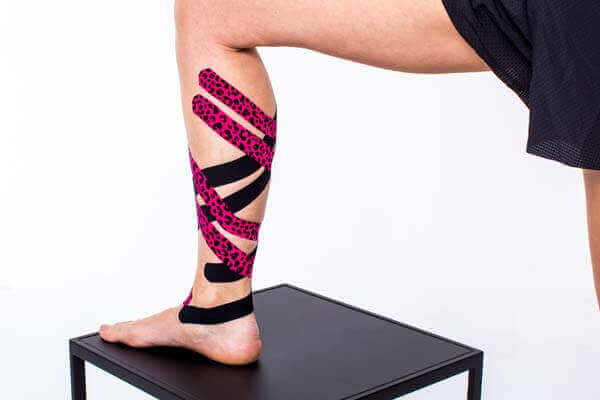
Manual Taping of Edema’s, Hematomes and Scars
The book is written according to the insights and treatment techniques of David Blow. This nearly 432-page publication extensively covers taping techniques for:
- treatment of edemas;
- taping techniques for hematomas;
- scar treatment.
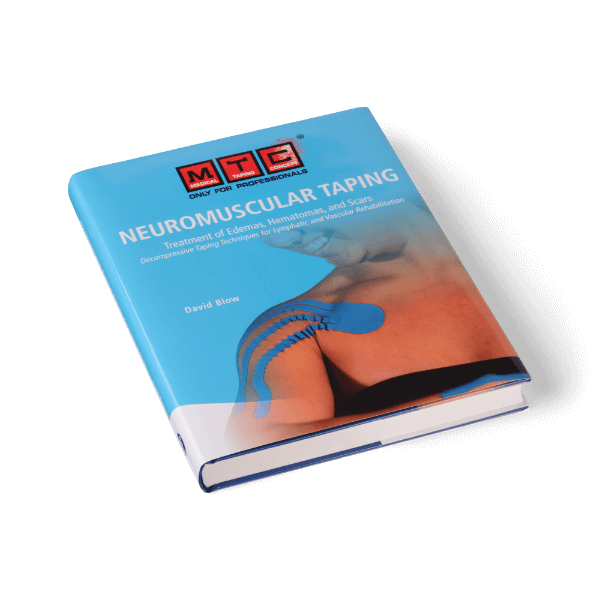
Learn how to tape
Want to learn how to apply tape yourself*? Check out our manuals on taping:
- The Ultimate Taping Guide: Focuses on self-taping for the 30 most common injuries where taping provides support.
- Kinesiology Taping Method Manual: Designed for (para medical) professionals, covering basic taping techniques and various pathologies.
- Decompressive Taping Techniques Manual: Specifically focuses on lymphatic taping methods for decompression.
What are you waiting for? Order a copy today!
THYSOL is the manufacturer of the kinesiology tape brand CureTape. As CureTape, we have been training and supplying professionals for 25 years. And consumers now know how to find us too! By manufacturing all our tapes in our own factory, we can guarantee the best quality!
Please note that the indicated tape applications and information on our website about the possibilities with kinesiology tape have not yet been scientifically proven. The statements and examples mentioned are based on long-term experiences of patients and trained therapists.Contraindications not to tape: pregnancy, open wounds, broken bones, unexplained complaints, allergies and skin diseases, use of medication such as blood thinners, thrombosis and fever. Always apply tape in consultation with a specialist.

